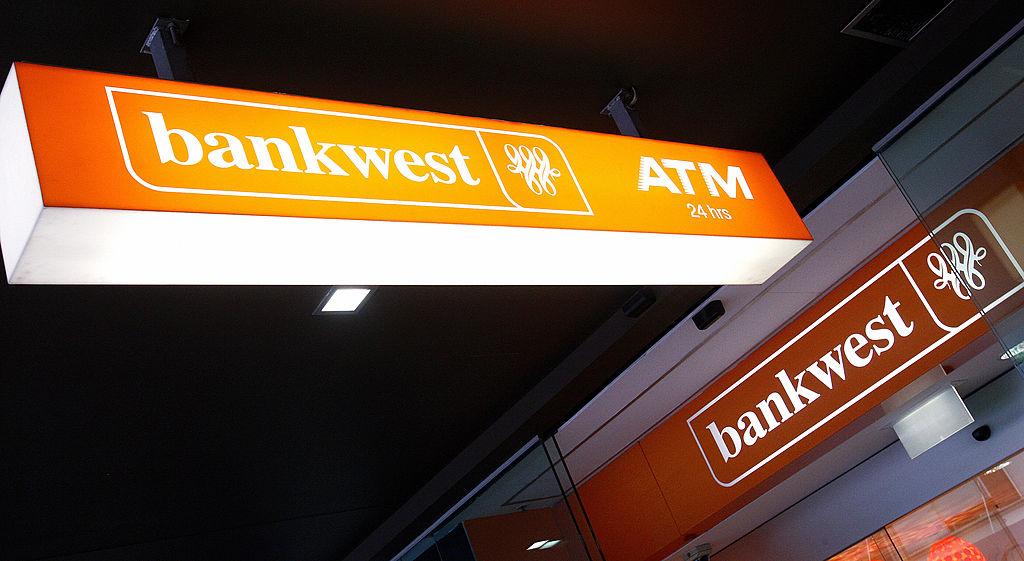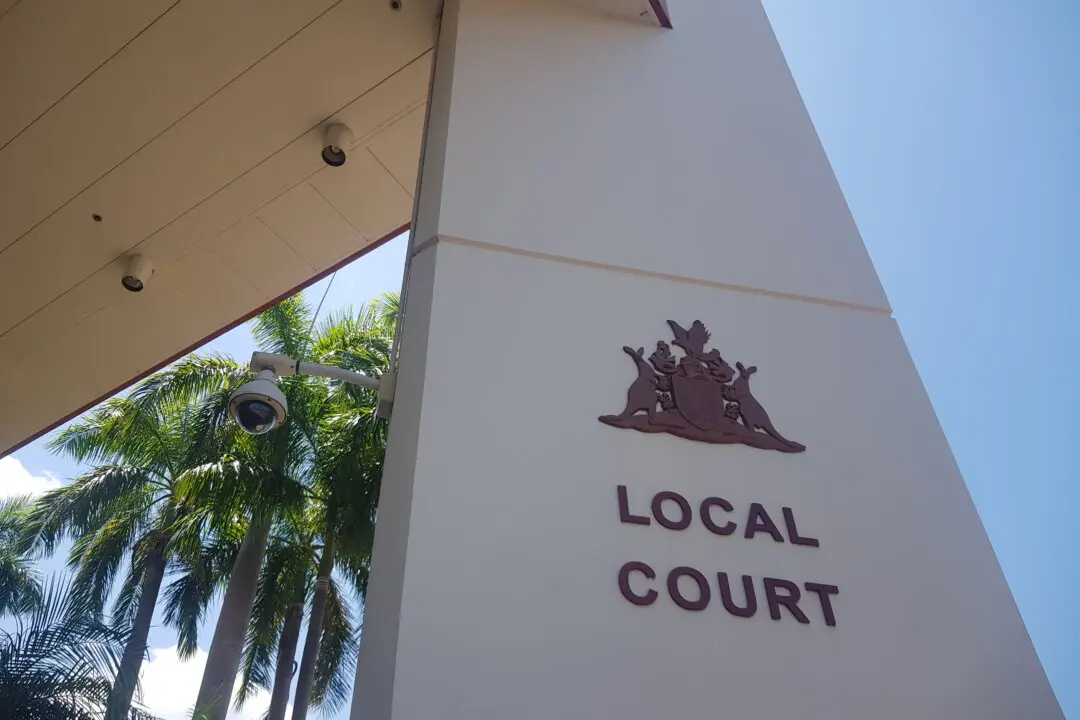A new all-in-one mobile app will offer what its developers claim is Australia’s first end-to-end digital banking platform for the country’s 2.4 million businesses with fewer than 10 employees.
The announcement comes a day after Bankwest announced that it is closing 45 of its branches and transitioning the remaining 15 to Commonwealth Bank of Australia (CBA) branches, going digital-only by October 2024.





